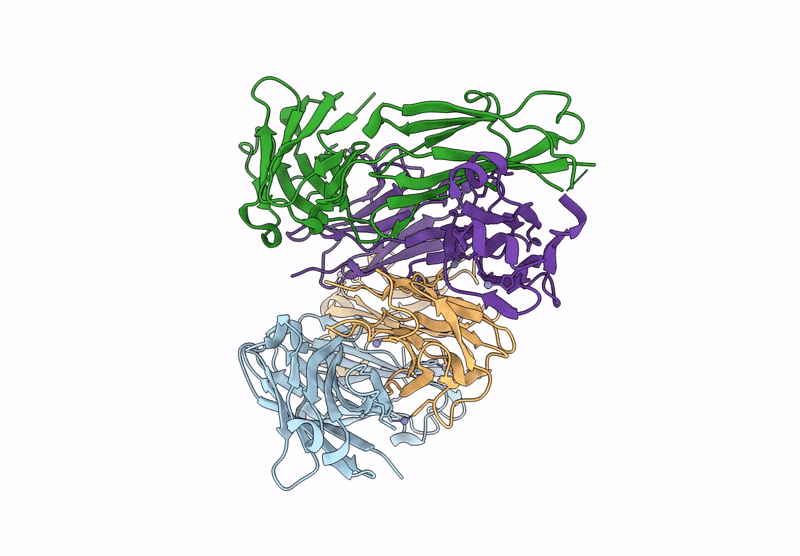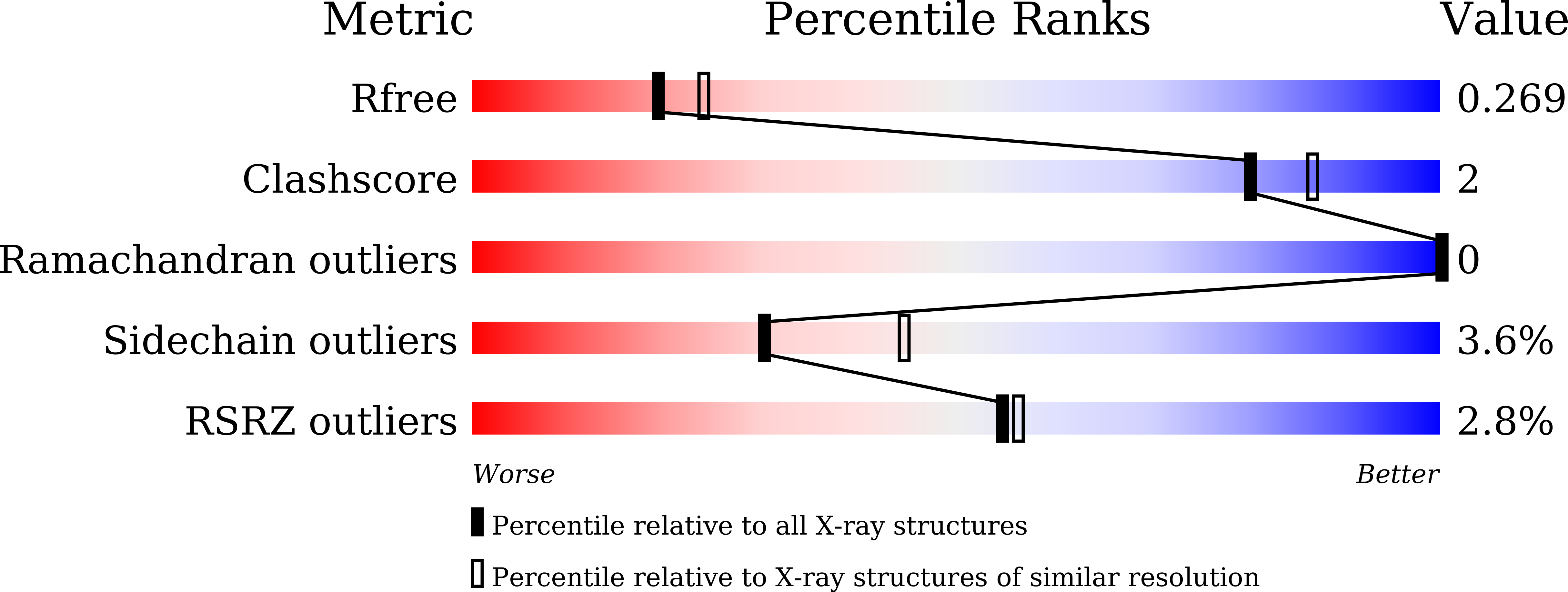
Deposition Date
2024-04-25
Release Date
2025-03-05
Last Version Date
2025-03-12
Entry Detail
PDB ID:
8ZAY
Keywords:
Title:
Crystal structure of Fab from mouse monoclonal antibody 4A9 against Aquifex aeolicus RseP PDZ tandem
Biological Source:
Source Organism:
Mus musculus (Taxon ID: 10090)
Host Organism:
Method Details:
Experimental Method:
Resolution:
2.30 Å
R-Value Free:
0.26
R-Value Work:
0.21
R-Value Observed:
0.22
Space Group:
P 1 21 1


